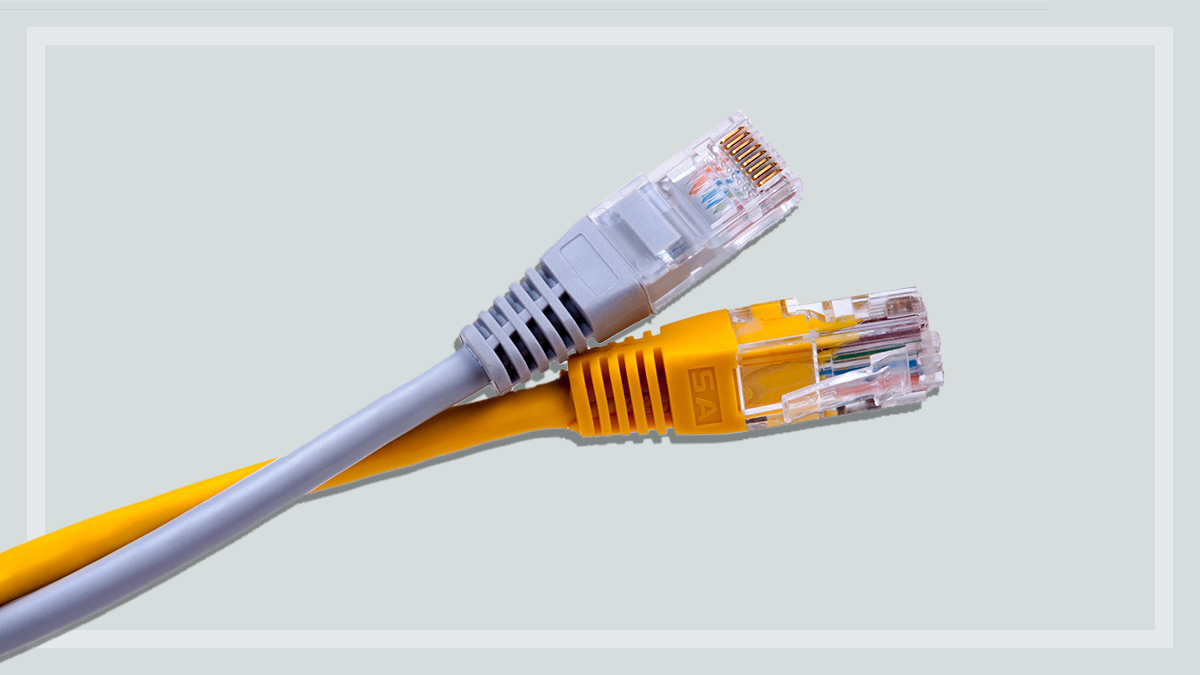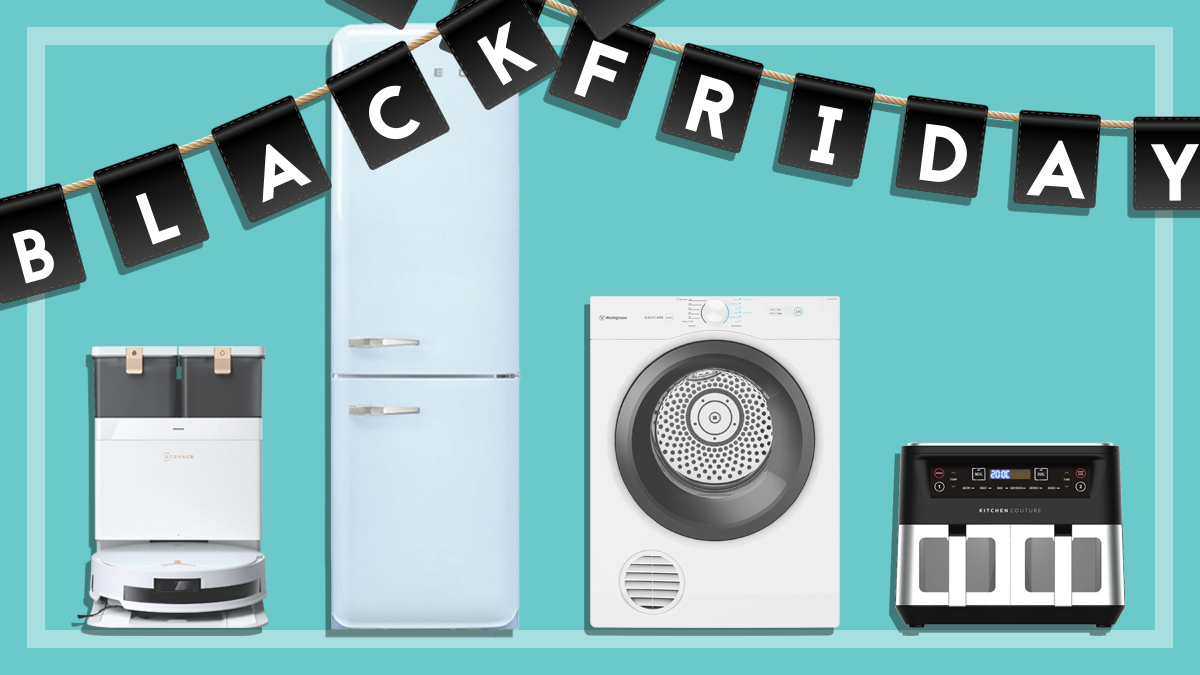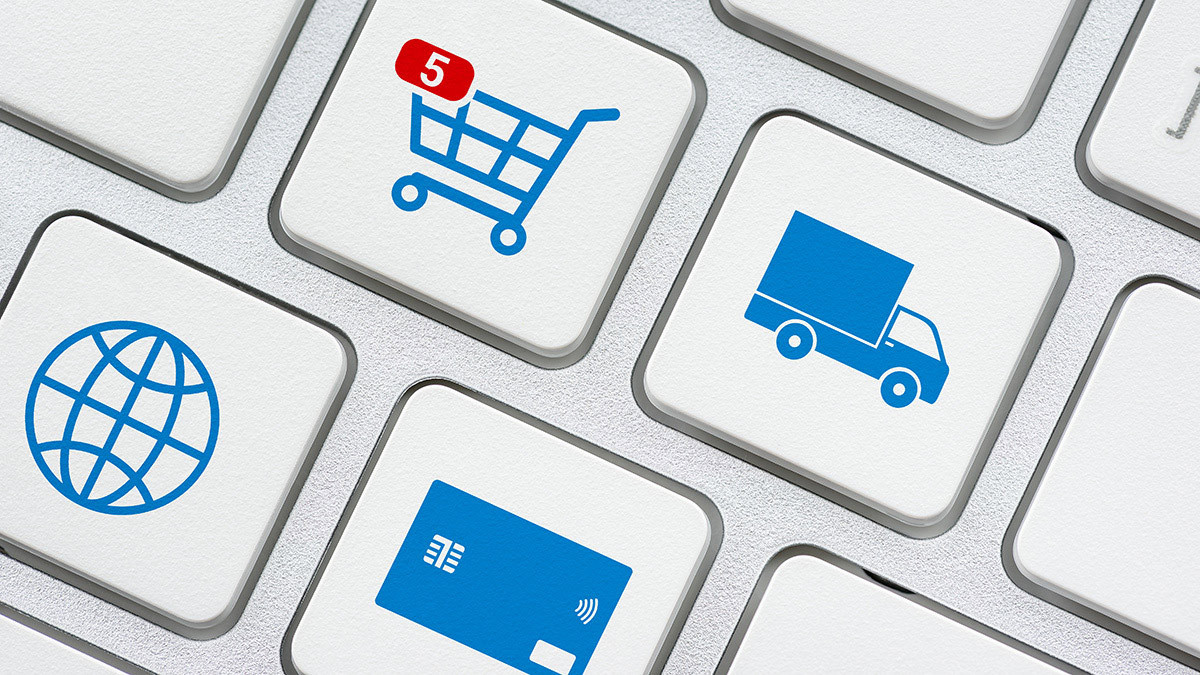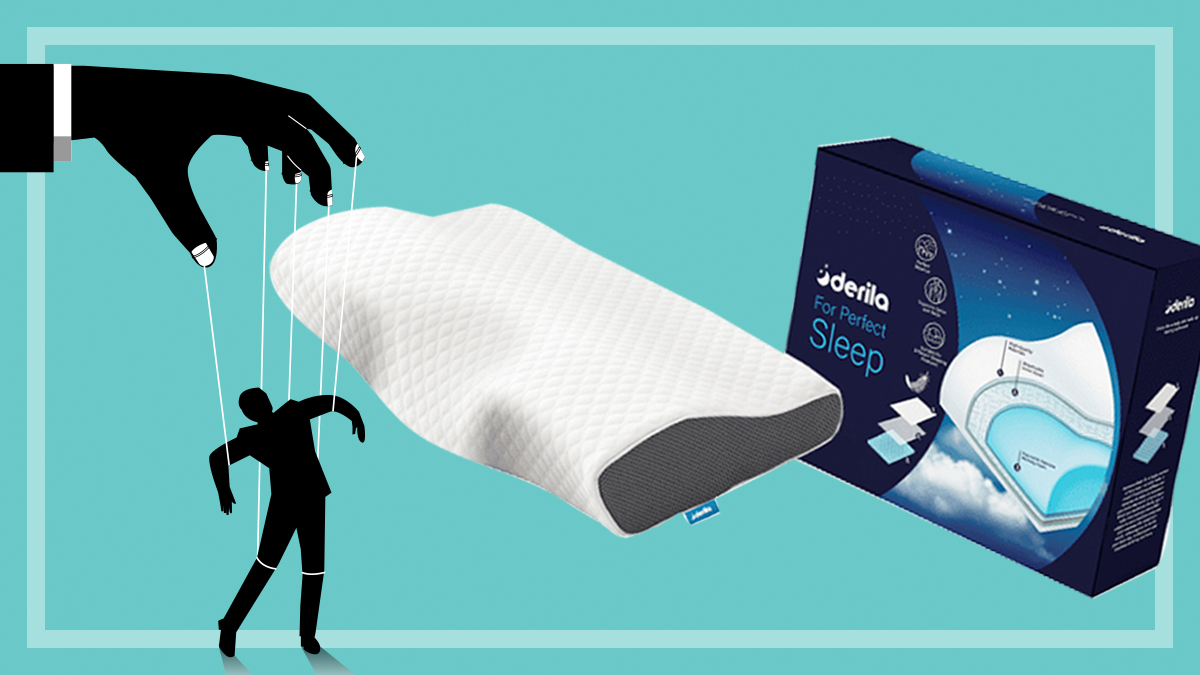Get our independent lab tests, expert reviews and honest advice.
Top tips for shopping online
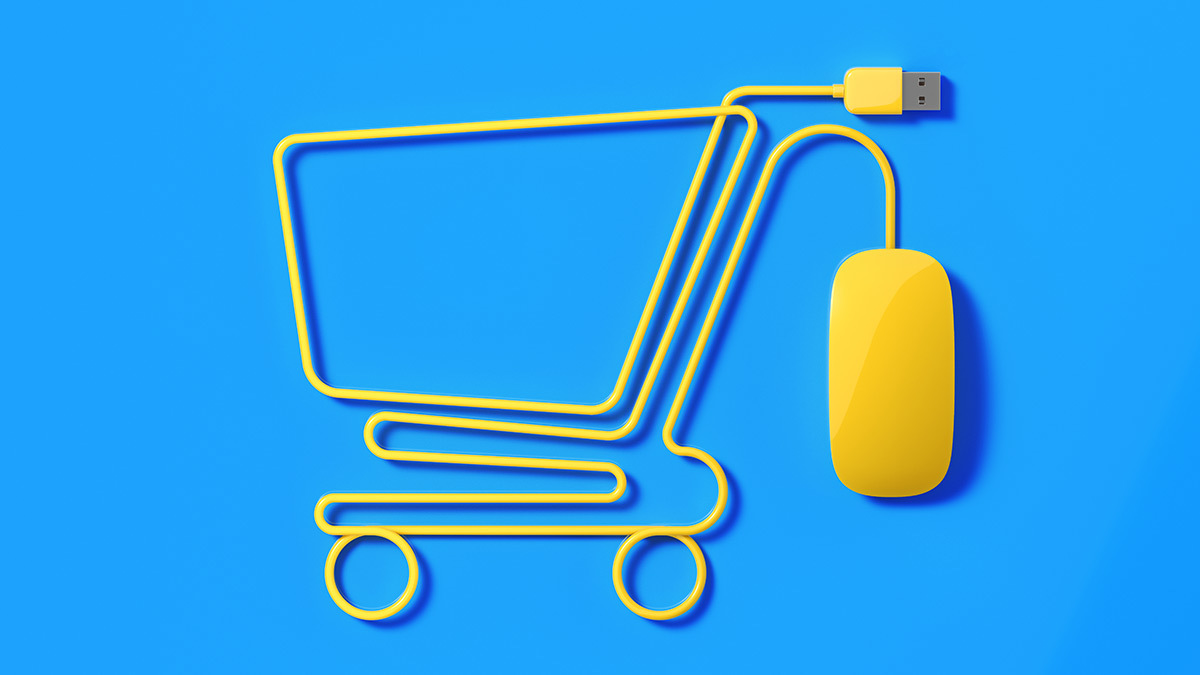
Need to know
- Online shopping has grown in popularity and has become a convenient option for many Australians
- It's important to be alert to hidden costs and scams and to check that an online store is legitimate
- Using a protected payment method, dedicated email address and password manager can all help protect you from data misuse and identity theft
On this page:
- Online shopping tips from professional shoppers
- How to find the best deal
- Staying safe when shopping online
- Your consumer rights
In the past two years, there has been a rise in online shopping, with Australians spending $4.1 billion in online sales in October 2021 alone.
While some Australians are now returning to physical store shopping, the ease and convenience of online shopping means it will still be a popular option for many.
There are risks to be aware of – scam websites, dodgy reviews, unsecured payment options and more – but we’re here to help. CHOICE’s shopping, consumer rights and IT experts have shared their top tips to stay safe and shop smart.
Online shopping tips from professional shoppers
Here at CHOICE, we buy all the products we test at retail price so that we have the same buying experience as everyday Australians. We test so many products that we actually have two full-time buyers onsite. That’s right – you really can turn your love of shopping into a career!
Here are some hot tips from our professional shoppers for getting the best deals and making your online shopping experience as easy as possible:
When you’re shopping for groceries, save your shopping list to the site or use past orders so you know what you usually buy. This can really speed up your shopping ‘trip’.
Browsing for groceries can be very time-consuming. Use the search bar and be as precise as possible. For instance, search for “2L Lite White” instead of just “milk”, or “SPC baked beans 400g” instead of “beans”.
- ‘In stock’ doesn’t always mean a product is actually in stock, particularly in these uncertain times. If possible, call the retailer to confirm before placing your order, or accept that it may be cancelled or delayed due to stock issues. Read the company’s terms and conditions about cancelling orders due to no stock.
- Sign up to sites you use regularly instead of checking out as a guest. This usually makes it easier to keep track of your order details.
- If you’re concerned about identity theft or being bombarded by spam emails, start a dedicated shopping email account to avoid your main email account being swamped.
- Pay close attention to the product descriptions and model numbers when buying appliances. When searching for model numbers, Google may list similar models so it’s easy to click through thinking you’ve found the right item, when it may not actually be the one you want.
- Sometimes Google will show a product and price in the results page. But when you click through to the website, the cost may be different and the item may not be in stock. So be sure to double check before buying.
Some websites can be very slow due to high traffic and may time out, be slow sending order confirmations or give you an error page after you click ‘pay’ or ‘confirm’. If this happens, don’t start the order all over again – it may have gone through (and then you’ll end up with two orders). Check your bank account, your past transactions on the retailer’s website, or just wait a while to see whether you receive an email confirmation of the order.
Check the returns policy and whether you can return items to physical stores. Some businesses may charge a ‘restocking fee’, especially if it’s an older product or the packaging is damaged.
How to choose the best place to shop
- Buying electronics? Here are the best and worst electronics stores.
- If you’re shopping for groceries online, read our online grocery delivery review first.
- We share the best buys and what to avoid from Kmart.
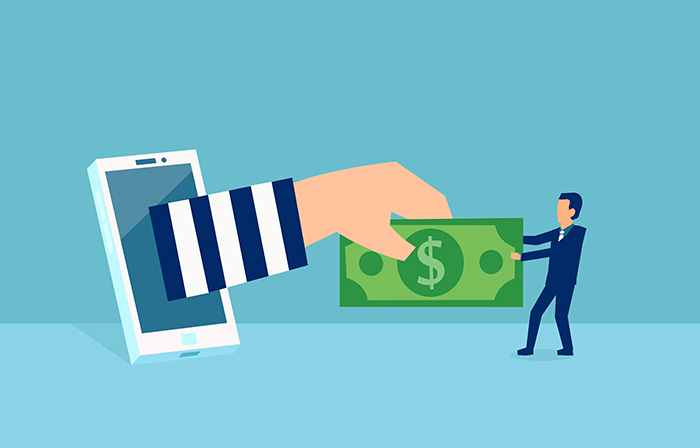
How to find the best deal
Getting the best deal isn’t just about the lowest price. Don’t forget to factor in things like customer service, returns policies, shipping times and product availability.
Here are a few ways to get the best deals:
Check out websites and apps like Google Shopping, GetPrice and ShopBot, which can show you historical price data and help you figure out if the deal you’re looking at is the best you’re likely to get or if it may reduce even further in seasonal sales.
Try price comparison apps like Shopular, ShopSavvy, BuyVia, ScanLife and others.
Sign up to retailers’ email newsletters and follow them on social media for special offers, discounts and a heads-up on upcoming sales.
Consider alternatives to the big-name brands – our testing often shows they can perform as well or even better than more expensive brands.
Before you pay for your purchase, search for a discount code or coupon (e.g. “The Iconic discount code”). New codes pop up all the time and there are even websites that keep track of them.
Hidden fees to be aware of
When you’re in a shop, the price you see on the tag is usually the price you pay. But when you’re shopping online, sometimes you can be hit by unexpected fees.
Watch out for things like:
- prices in other currencies – overseas sites can sometimes look like they’re displaying prices in Australian dollars. What might seem like a good deal in AUD can become very expensive when you realise it’s actually in USD
- drip pricing – small fees and charges are added during the purchase process so you may not notice until you get to the final step and find that the final price is considerably more than the original price. Watch out for pre-ticked boxes or offers of add-ons as you’re checking out
- credit card surcharges – businesses can only charge you what it costs them to process card repayments. Make sure you’re not being overcharged if you’re using a credit card
- international transaction fees – your credit card provider might sting you with a fee if the retailer’s bank is outside Australia (even if it appears to be an Australian site). Learn more about foreign transaction fees when shopping online
- delivery fees – these can vary widely depending on your location and the retailer. Look out for special offers on free delivery or buy one big order instead of several smaller ones. You could also use Click and Collect if it’s available in your area and safe to do so.
Buy now, pay later services like Afterpay and ZipPay can seem like an easy way to get your shopping sooner, rather than saving up for it, but be careful – you could find yourself in debt if you can’t make the repayments. Here’s our take on buy now, pay later services.
Staying safe when shopping online
It can be daunting sharing your credit card or bank account details online, but there are a few steps you can take to protect yourself and keep your details safe.
- Before you enter your credit card details, always check that the website URL starts with https:// – this means it’s secure. There should also be an icon of a padlock next to the URL.
- Services like PayPal are a kind of ‘middleman’ between your credit card details and the retailer. Once you’ve signed up with PayPal, all you need to do is log into PayPal when you want to pay for your online shopping, rather than entering your credit card details into a site you may not be familiar with. PayPal also offers a certain level of protection should something go awry with your order.
- Use passwords that are difficult to guess and include numbers, symbols and a mix of upper- and lower-case letters. Change your passwords from time to time. You can even use a reputable password manager to keep your accounts extra safe.
Not sure what a password manager is? Learn more in our article about how to find the best password manager.
Avoiding scams and identity theft
While many websites are legitimate, scammers use the latest technology to set up fake websites that look like the real deal in order to rip off unsuspecting shoppers. And it’s working – Australians lost more than $8 million in online shopping scams last year.
Here’s how to protect yourself:
- If a product that sounds too good to be true – it probably is.
- Be wary of any seller that asks for payment via money order, wire transfer, international funds transfer, pre-loaded card or electronic currency, like Bitcoin.
- If the online retailer doesn’t have adequate information about privacy, terms and conditions, dispute resolution or contact details, it may be a fake site.
- Make sure the website’s URL starts with ‘https’ and has the padlock icon next to the URL address.
- Check the payment options at checkout stage to see if it has a trusted seal – this symbol means the payment and brand are legitimate, and safe to do business with.
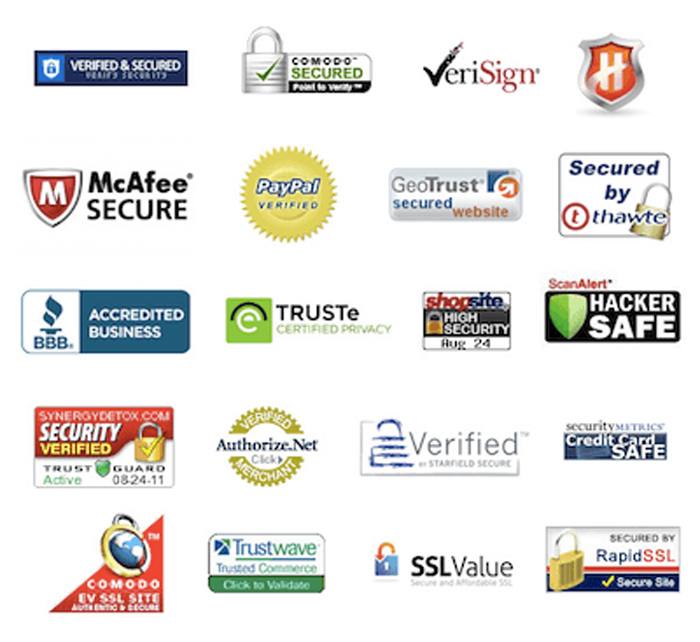
- Beware of misspellings of popular sites, or sites using a different domain (e.g. .net rather than .com).
- Don’t automatically trust any store ads you see online or on social media – do your research beforehand by searching for user reviews of the store.
- Keep an eye out for fraudulent SMS and email communications disguised as COVID-19 health warnings. There’s been an increase in activity from fraudsters posing as banks or other financial institutions offering COVID-19 assistance.
- Be extra vigilant when opening messages (email, SMS, messenger) from suspicious sources.
- Check before you click: hover your cursor over links to see the actual web address that the link will send you to.
- Never enter your username or password from links within messages you receive – visit the secure public website of the business or institution directly instead.
- If a message seems suspicious, contact the person or business directly to confirm – but don’t use the contact details supplied in the message. For instance, if you receive a message from your bank that looks a bit fishy, phone your bank on the customer service number you usually use to ask if the message is legitimate.
Your consumer rights
In Australia, you’re protected under the Australian Consumer Law (ACL), whether you’ve bought a product in a bricks-and-mortar store or an online store
Companies in other countries that sell into Australia need to adhere to the ACL (but you may find it difficult to get a satisfactory resolution if you have problems with a faulty product purchased from an international seller). Learn more about products you should think twice about buying from overseas.
Having problems? Our consumer rights and advice page has all the information you need.

